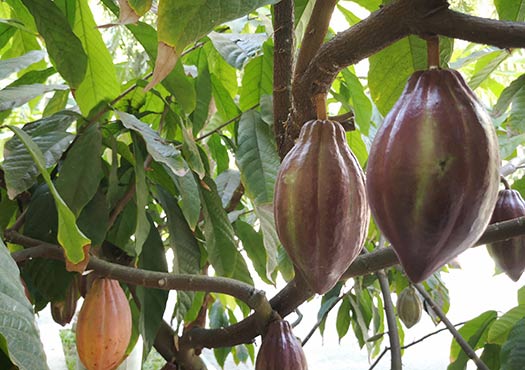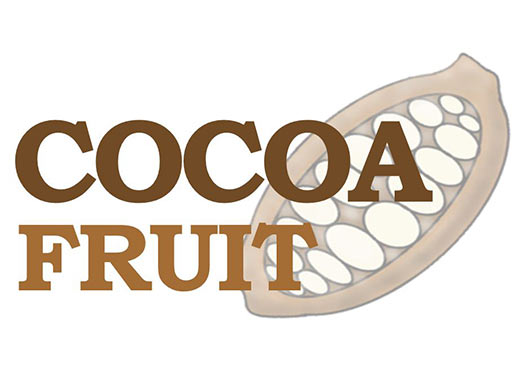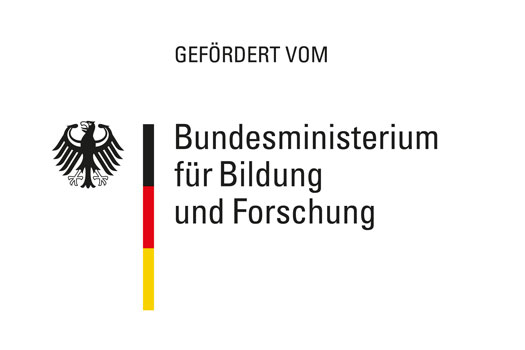Cocoa fruit – far more than just beans



The evergreen cocoa tree is native to the deep tropical forests. The raw materials for chocolate production are recovered from the cocoa beans which are fermented, dried, and roasted before being processed. However, the cocoa beans make up only about 10% of the actual cocoa fruit. The fruit flesh (ca. 10%) and the the cocoa fruit husks (ca. 80%) go largely unused. The husks in particular present a considerable problem with regards to their disposal. The husks contain a number of valuable components such as proteins, pectin, and soluble and insoluble dietary fibers. The recovery and utilization of these components could increase the value of cocoa fruit considerably. The flesh of the cocoa fruit, the so-called pulp, has a fruity and tropical taste. This special flavor means that the pulp is a valuable raw material for food products. In recent years the paltry increase in the value of cocoa beans combined with price fluctuations have had major economic and ecological consequences for cocoa farmers in Central and South America, Asia, and West Africa. The key to breaking this cycle of poverty and damage to the environmental could be a sustainable agricultural economy that exploits all components of cocoa fruit.
Complete utilization of cocoa fruit
The objective of the CocoaFruit research project is holistic utilization of coca fruit, and especially the flavorsome pulp and cocoa fruit husks, in order to develop innovative foods and food ingredients. The cocoa fruit husks will be used as a substrate for the cultivation of mycelium in order to produce a protein and dietary fiber rich food ingredient. The pulp is being separated from the cocoa beans, stabilized, and used as a raw material for fruit products and drinks. In addition to using the husks and pulp, strategies for utilizing cocoa beans other than for chocolate production are being evaluated. For this the cocoa beans are being cold pressed in order to recover antioxidative polyphenols from the beans. The recovered natural cocoa butter could also be used as a substitute for palm fat or hardened fats.
Cocoa pulp - recovery, stabilization, and product development
Some strategies for utilizing the nutrient rich, aromatic pulp already exist. These are, however, limited to the local market because microbial stability is not a given. The work of the Fraunhofer IVV in the CocoaFruit project involves the development of processes to remove and stabilize the cocoa pulp in order to make this usable by the food manufacturing industry. A variety of approaches based on thermal and fermentation methods will be investigated for pulp stabilization. The pulp will then be used to make various food products such as jams, fruit products, yogurt, and drinks.
Project term: |
2019 to 2022 |
Project funding: |
Federal Ministry of Education and Research (BMBF), within the framework of the national research strategy Bioeconomy 2030 – Bioeconomy International |
Research partners: |
Fraunhofer Institute for Molecular Biology and Applied Ecology (IME), |
Industry partners: |
Alfred Ritter GmbH & Co. KG, Germany, |
 Fraunhofer Institute for Process Engineering and Packaging IVV
Fraunhofer Institute for Process Engineering and Packaging IVV